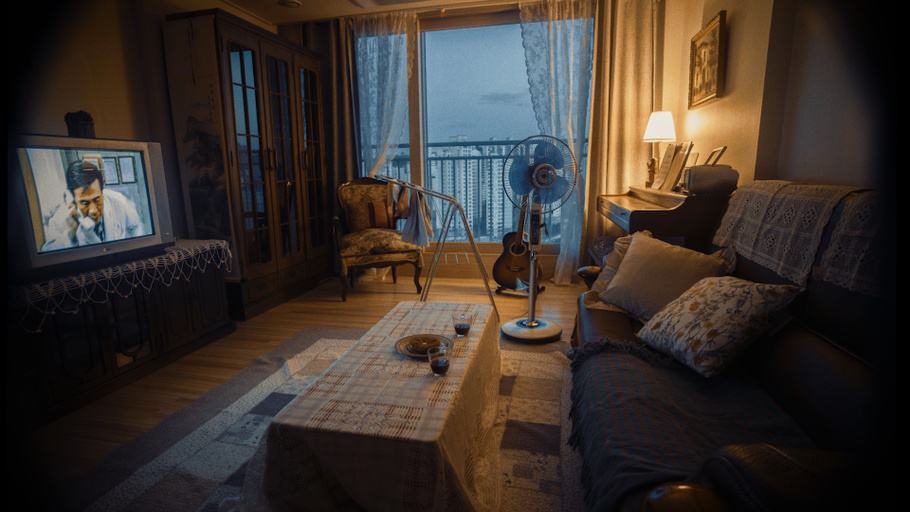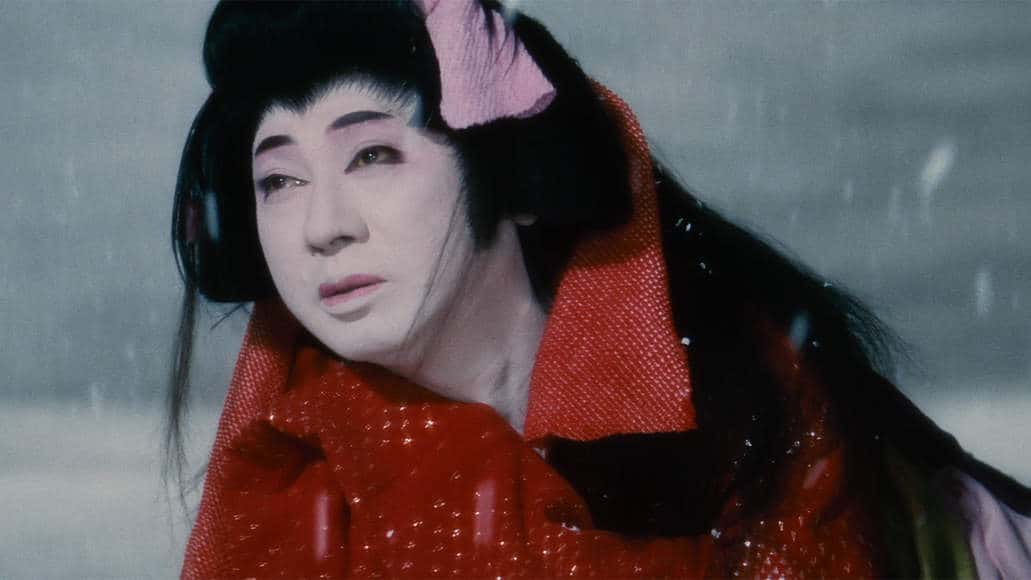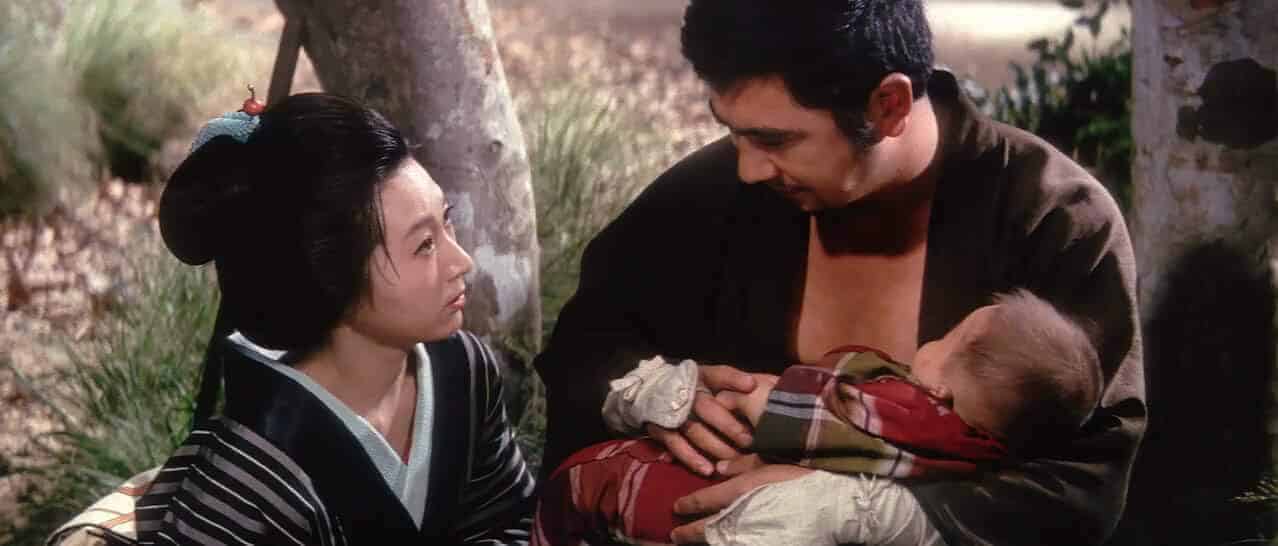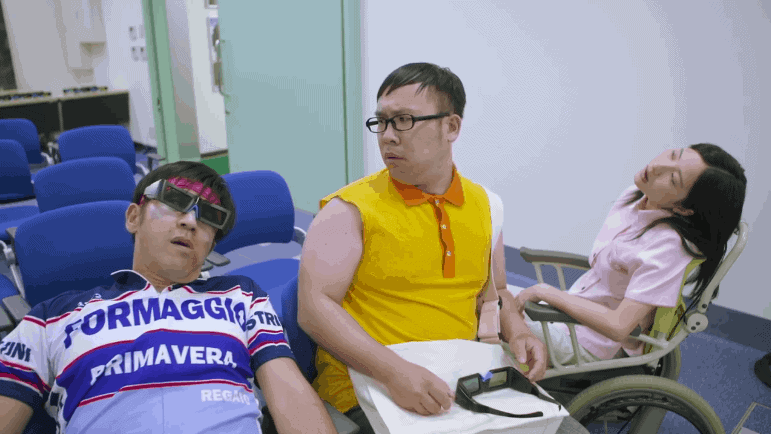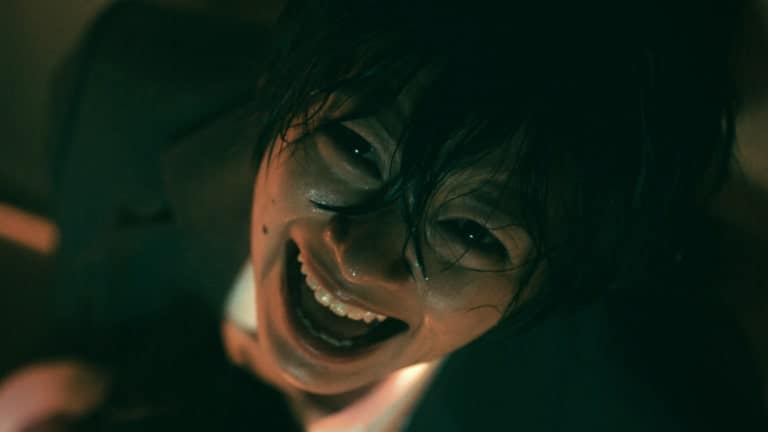We travel through life surrounded and accompanied by objects, a heavy suitcase that we carry along and that in some way defines our path. Do we need them? Probably not. Do we want them? Mostly yes. They are our mise en scene and like it or not, they tell our story. In this 10-minute surprisingly compelling stop-motion animation, having its international premiere at NYAFF 2023, the objects that fill an average urban apartment in Korea become protagonists and uncanny storytellers of a lifespan.
What We Leave Behind is screening at New York Asian Film Festival
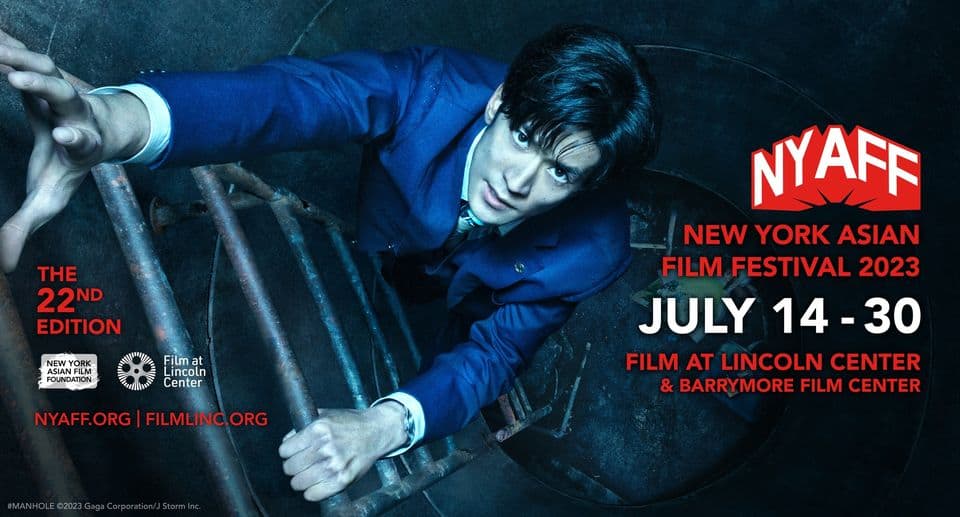
Cleverly crafted to look like a time-lapse video, but in reality, a laborious stop-motion composition, “What We Leave Behind” is the story of a man and his family, from the moment he and his wife settle in their new home, going through happy and less happy days, the birth of their son, Christmases, birthdays, the empty nest and more, all narrated by the succession of every-day objects and life paraphernalia in the house. The outcome you view is a speed-up version of the man's life. You must have seen time lapses of streets of a busy city, crowded roads, landscapes, sunrise, and sunset; but this unique one comes to life in a game of solids and voids; animating unanimated objects, the puppetmaster creates the ghosts of the people once there. Absence defines presence.
No people are to be seen, only some sparse voices of the original inhabitants resonate like fading echoes from the past. In this weird feeling that radiates – between the displacement of a liminal space and a dystopic human-less future – objects, books, clutter, food, appliances move, change and dance in an unstoppable race towards an unavoidable end. The film will hit home with whoever has had any occasion that sparked a reflection about the objects we carry with us in life and their relevance. Moving home, emptying a deceased's house, or just decluttering and tiding up, make us think the objects we carry with us in life, despite their emptiness, can hold great relevance and significance, often reflecting our identities, memories, and experiences. Some can be deeply tied to our sense of self and personal identity; others hold emotional significance, acting as reminders of people, places, or experiences that are important to us. Certain objects may also symbolize our dreams, beliefs, or aspirations.
Check also this interview
Director, writer and producer Kang Nam-jin has captured all these intrinsic meanings, showing the alternation and replacement of things; photographs of the growing child, on the bookshelves comic books become schoolbooks, then university books etc.. and there is also an electric guitar that never moves from the stand and is never mentioned or heard, just like a simulacrum of the dreams we never want to let go of. Unexpectedly the time slows down at the end of the film, an aching reminder that life is a blink of … a shutter – in this case, – but also that beyond the objects there is something else that give us a sparkle.
Tech credits are paramount here, and they are all most up the standard. The photography and lighting follow seamlessly and assist the animation to create the unfolding of days, nights, seasons and years, and the props that inhabit the whole narration are carefully chosen. I must admit that, at a second view with the audio turned off, I was surprised to notice that the storytelling is equally effective without the human voices, if not even better, more subtle and far-reaching.
The things we leave behind play a role in shaping our narratives, reflecting our past, present, and aspirations for the future. “What We Leave Behind” is a fascinating effort to understand the significance of these things, and a moving insight into the connections that form within their context.


